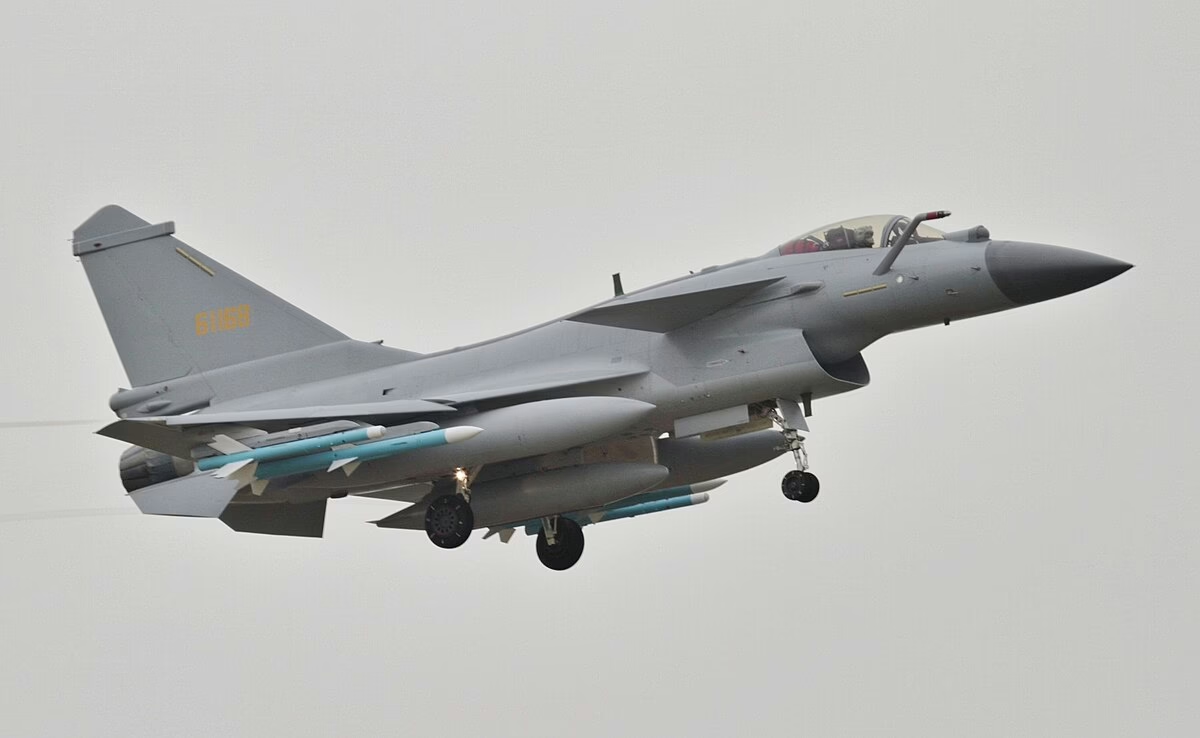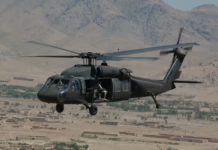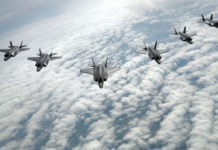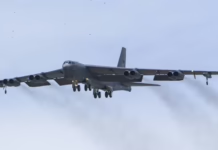Pakistan’s deployment of Chinese-built fighters in aerial clash marks significant milestone for Beijing’s military aviation industry, raising questions about shifting defense capabilities in Asia for U.S. strategic planners.
Pakistan employed Chinese-built Chengdu J-10C fighters to down at least two Indian Air Force aircraft during a May 7 aerial confrontation, marking the first known combat use of China’s advanced fighter jet, according to two U.S. officials who spoke with Reuters.
The officials expressed “high confidence” that the J-10Cs were responsible for the shoot-downs, while confirming that Pakistan’s U.S.-made Lockheed Martin F-16s were not involved in the engagement. The incident represents a potential turning point in regional military aviation dynamics and provides the first real-world test of Chinese air combat technology against Western systems.
Pakistani Foreign Minister Ishaq Dar told Parliament that five Indian aircraft were shot down during the clash, including three Dassault Rafales. A French intelligence official separately confirmed to Reuters that one Rafale was lost in the early hours of what was designated Operation Sindoor.
The engagement would mark the first operational deployment of both the J-10C fighter and its PL-15E beyond-visual-range air-to-air missiles in combat. The clash offers U.S. defense planners and aviation industry observers an early indication of how Chinese air combat systems perform against Western technology, as India operates a mix of Western and Russian fighters.
The confrontation began after India launched military action in response to an attack in the Indian-administered region of Pahalgam. New Delhi blamed Pakistani-government-backed terrorists for the initial attack, according to Indian officials.
Pakistan appears to have sustained losses as well, with reports indicating that JF-17 fighters were downed during the fighting. Local Indian media reported that missile debris bearing English-language markings was recovered in the Indian state of Punjab, potentially indicating the use of export-grade PL-series missiles.
The Pakistan Air Force currently operates 20 J-10C fighters, with deliveries beginning in 2022, according to Aviation Week’s Fleet Discovery Military database. An additional 16 aircraft are reportedly on order, signaling Pakistan’s continued investment in Chinese military aviation technology.
The aerial engagement was part of a broader military exchange. India’s Defense Ministry said Pakistan attempted to launch a coordinated missile and drone strike against at least three Indian military installations during the night of May 7-8. Indian air defense units reportedly intercepted the attacks.
India responded with retaliatory strikes the following day. Video footage circulating on social media appears to show Israel Aerospace Industries Harop loitering munitions targeting air defense and radar facilities in Lahore. Pakistan claimed it intercepted at least 25 drones during the assault.
Aviation analysts caution that both countries have a track record of inflated battlefield claims, and independent verification of the engagement details remains difficult. The fog of war surrounding the incident underscores the challenges in assessing military capabilities based on contested combat reports.
The reported combat performance of the J-10C against India’s European-built Rafale fighters holds particular significance for global defense markets. China’s ability to demonstrate effective combat capabilities with its indigenously developed fighters could influence future military procurement decisions in regions where U.S. and Chinese defense contractors compete for sales.
For U.S. defense planners, the incident highlights China’s progress in developing advanced military aviation technology that can potentially compete with Western systems in actual combat scenarios. The performance of Chinese-built aircraft in this engagement may influence American strategic assessments of China’s military capabilities and export potential.

Key Takeaways
- Pakistan’s Chinese-built J-10C fighters reportedly downed at least two Indian aircraft in their first known combat deployment, according to U.S. officials.
- The engagement marks the first operational use of China’s J-10C fighter and its PL-15E missiles, providing real-world data on Chinese aviation technology performance.
- Pakistan chose to deploy Chinese fighters while keeping its U.S.-made F-16s out of the engagement, potentially signaling shifting defense relationships.
- Both India and Pakistan have histories of inflated battlefield claims, making independent verification of combat results challenging.
- The incident offers U.S. defense planners critical insights into Chinese military aviation capabilities as they compete with Western systems in actual combat.








